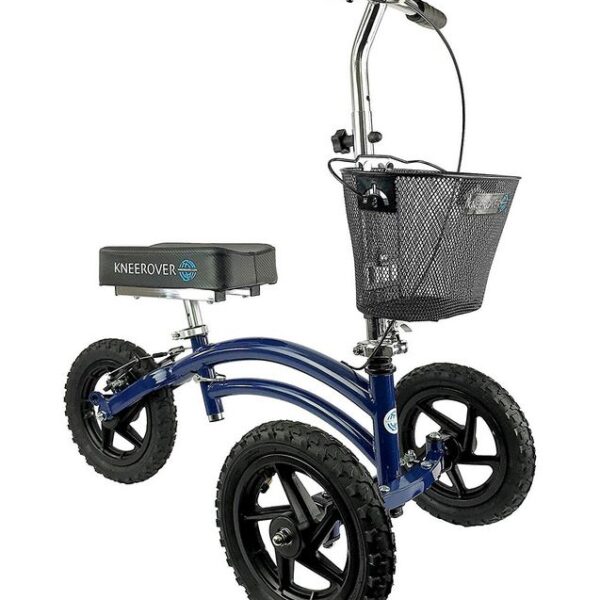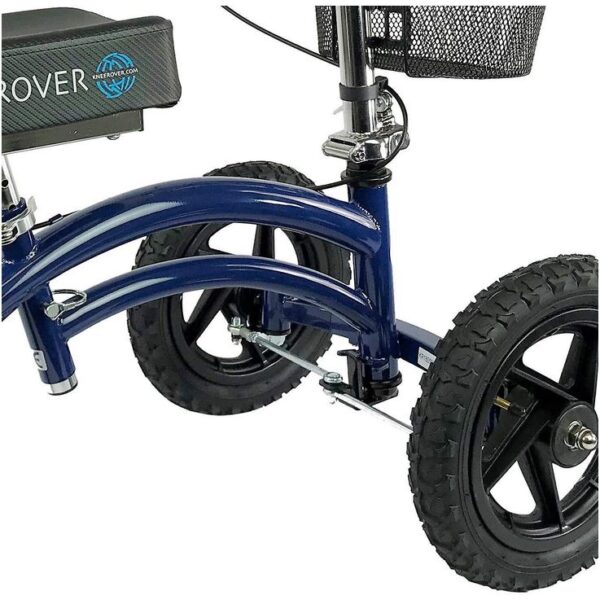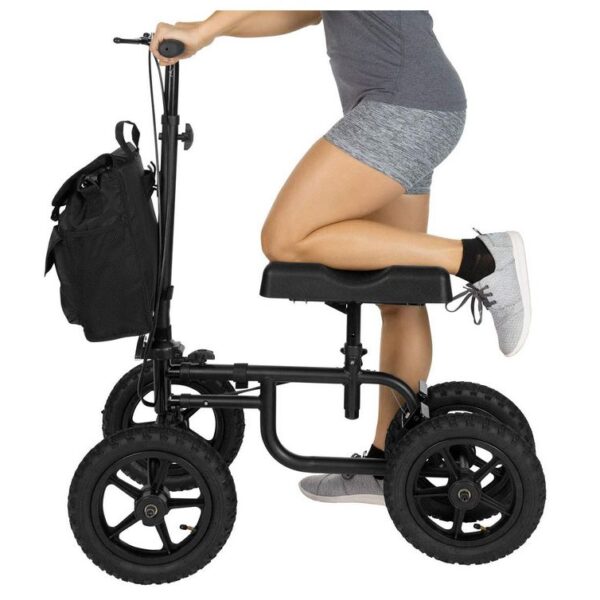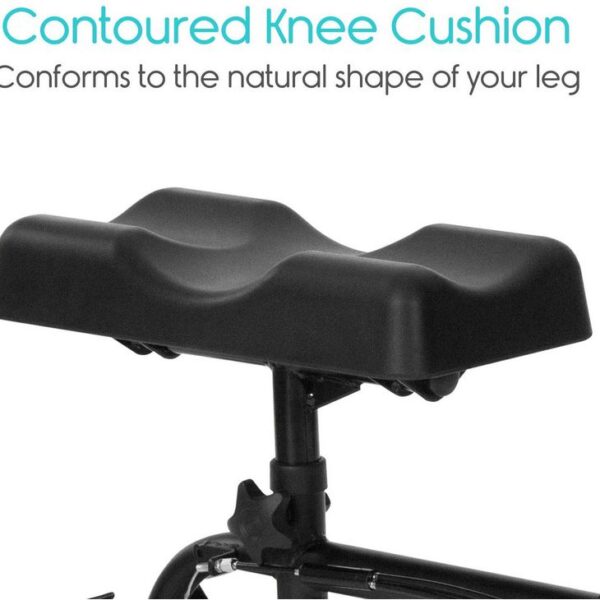Knee scooters (also known as knee walkers) are useful for those recovering from an ankle or foot injury who are unable or choose not to use crutches. Knee scooters offer increased comfort and ease of mobility when you cannot put weight on your foot or ankle, but want to remain active.
Knee scooters generally have two front and one or two back wheels, a padded knee platform, and handlebars with handbrakes.
Below are some factors to consider if you are thinking about getting a knee scooter:
- Weight – Make sure the knee scooter can accommodate your weight, including clothing, outerwear, and items you will carry such as briefcase, backpacks, groceries, and personal items.
- Height – Determine if both the handlebars and knee platform adjust to fit your height and body proportions.
- Maneuverability – Knee scooters can be steered for increased maneuverability. Verify that the turning radius is sufficient to handle tight turns that you will encounter at home and office.
- Knee Platform – Check the sturdiness and comfort of the knee platform. Most knee scooters have an offset post to accommodate right-to-left adjustment.
- Handgrips and Handbrakes – Knee scooters come with one or two handbreaks, which impact the back, or back and front wheels. Make sure the brakes and handgrips accommodate your needs.
- Carrying Container – Check the existence, size, placement, and type of carrying container on the knee scooter.
- Outdoor Usage – Many knee scooters are designed for indoor use only. Depending on your work commute, lifestyle, and the topography and weather where you live, make sure the model you choose will serve your needs.
- Ease of Storage – Many knee scooters are equipped with an easy folding mechanism that collapse using a release lever for ease of storage and transportation.
Below is a sampling of knee scooters. Click on the links to find out more information, see other products selections, and if you like, to make a purchase from one of our providers.


 Personal Development Goals
Personal Development Goals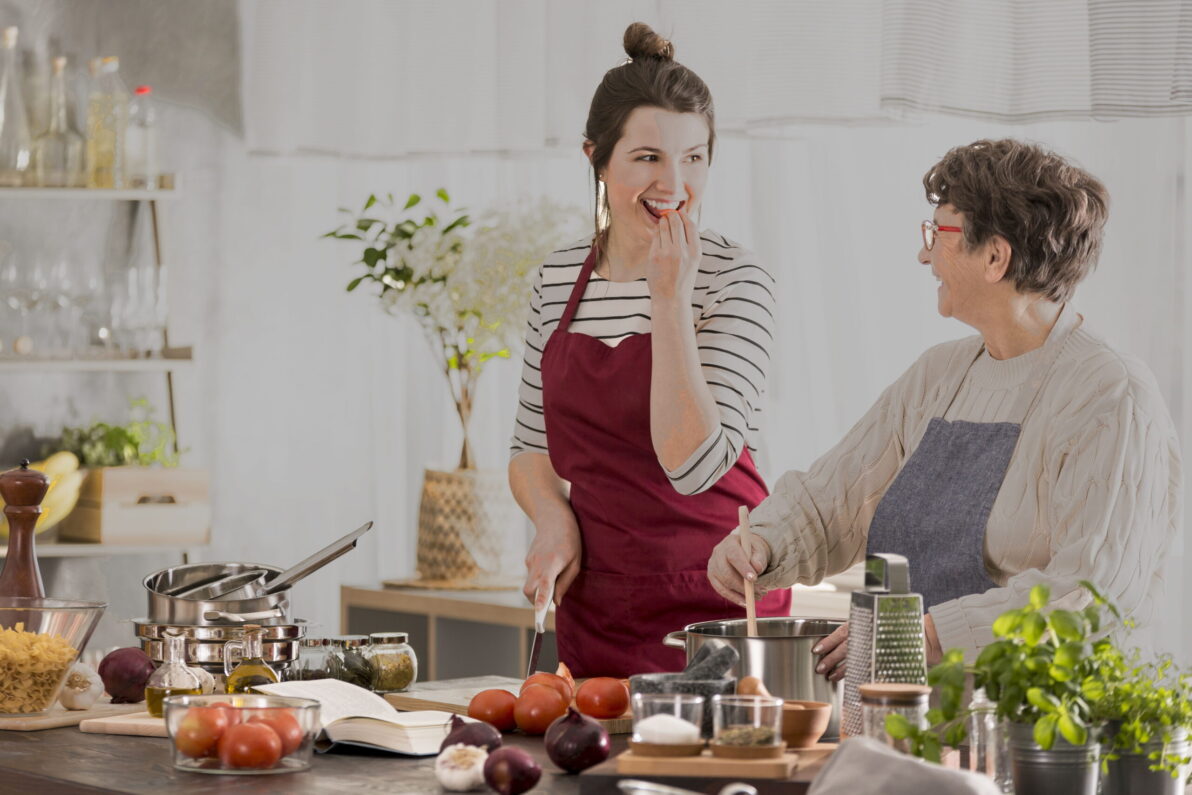
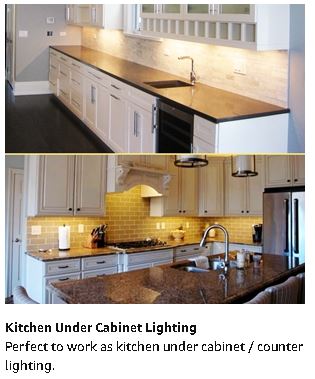
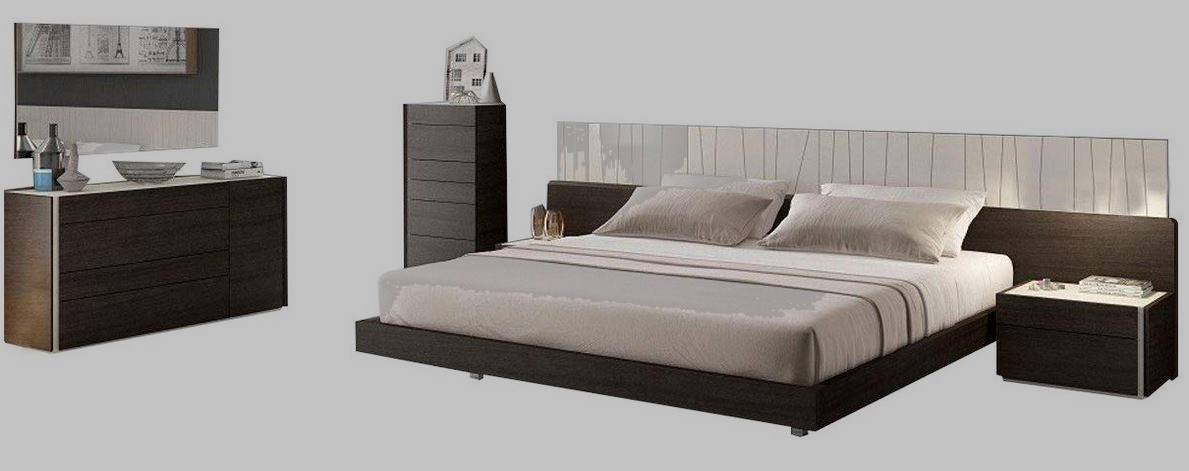 Bedrooms Designed for Aging in Place
Bedrooms Designed for Aging in Place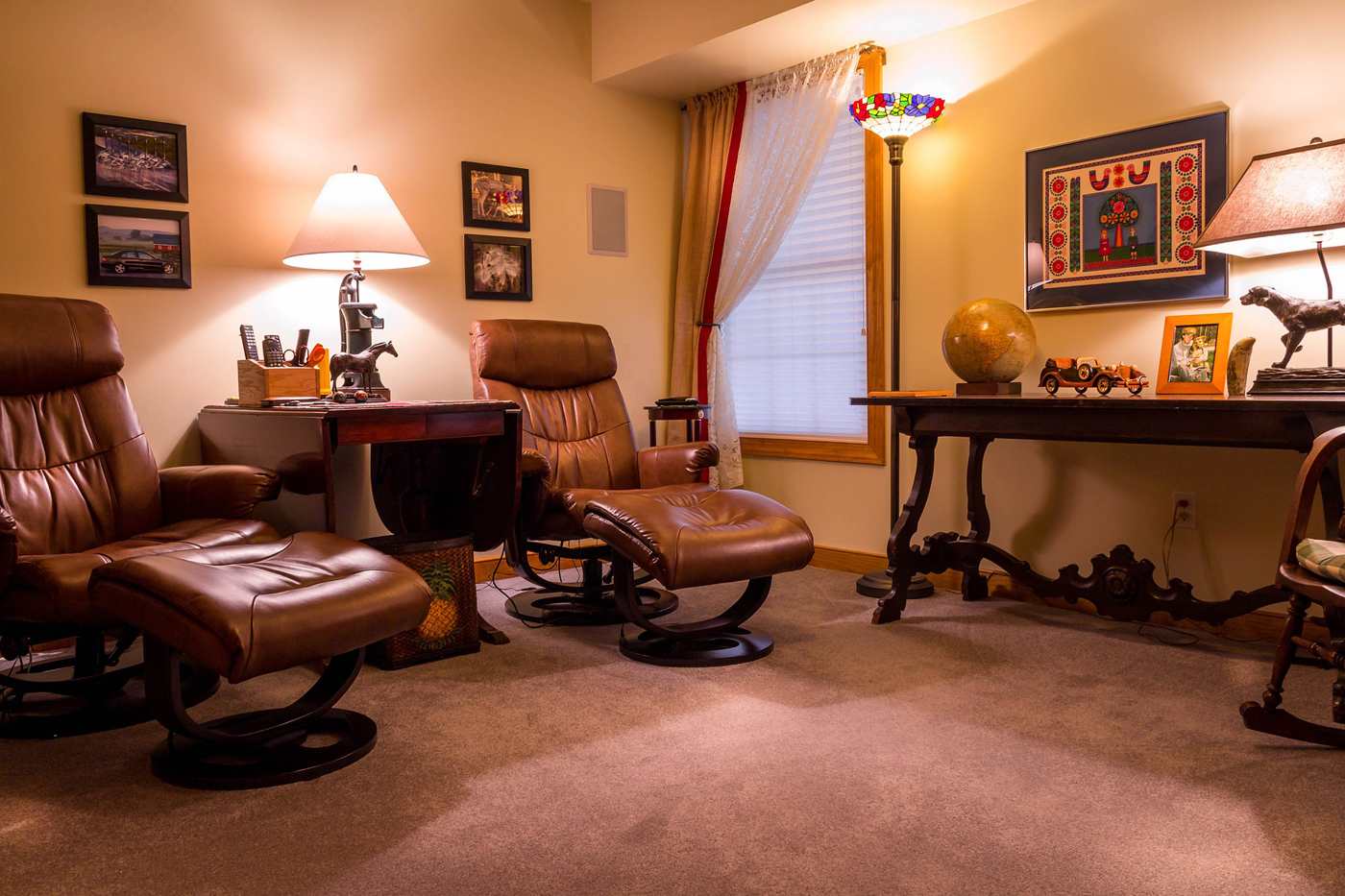 Furniture
Furniture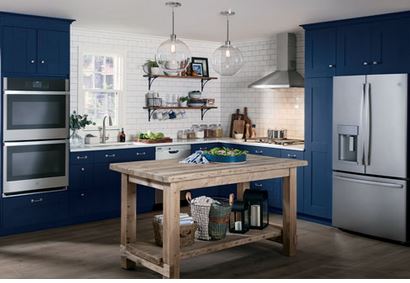 Kitchens Designed for Aging in Place
Kitchens Designed for Aging in Place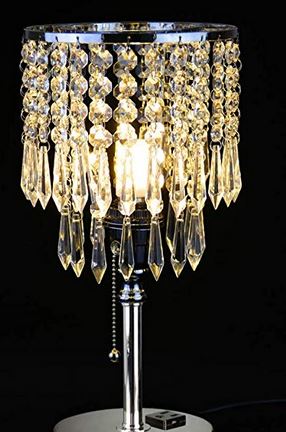 Lighting and Light Switches
Lighting and Light Switches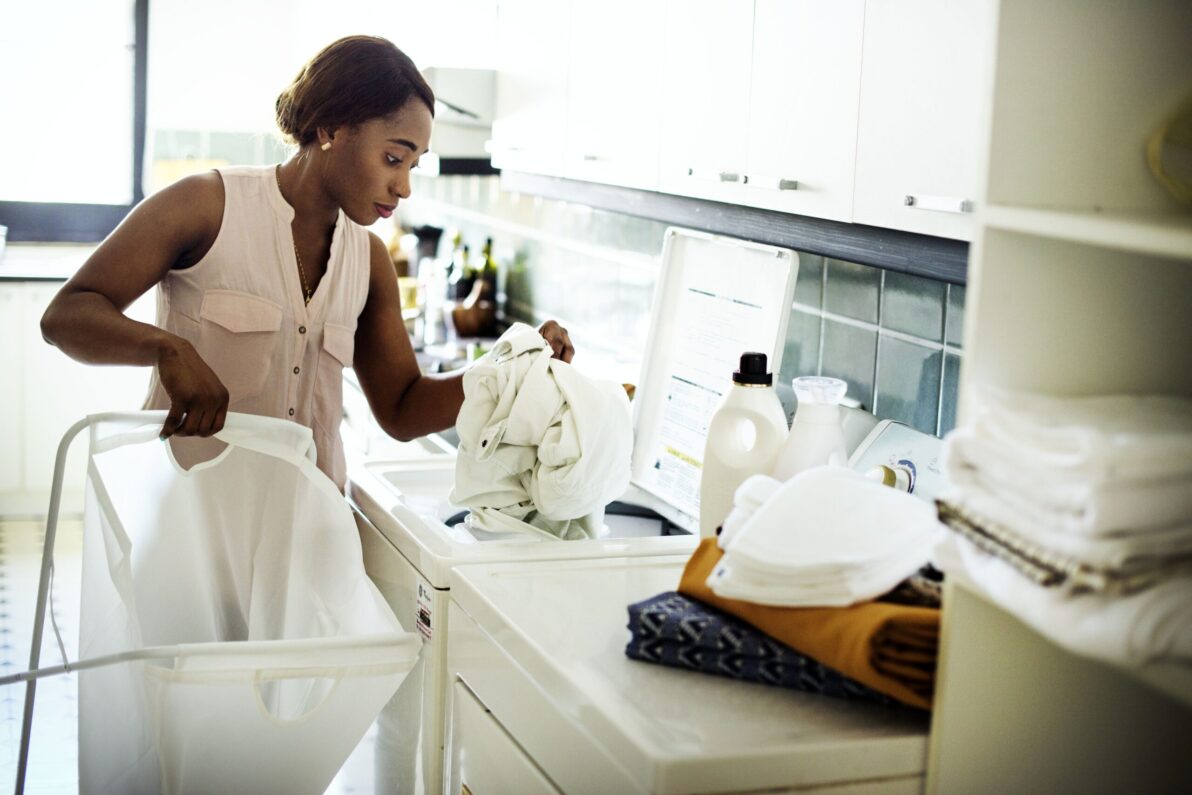
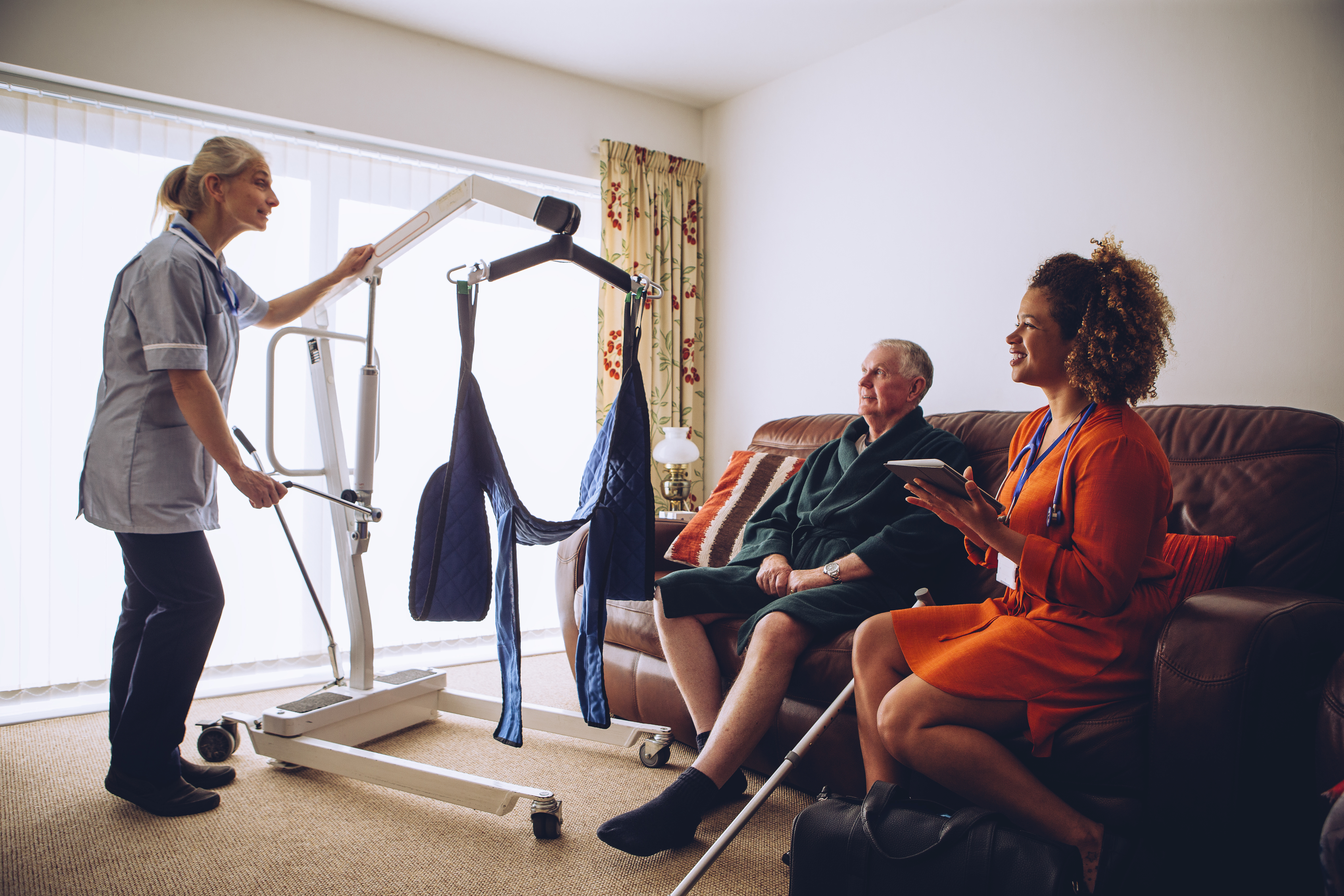 Assisting With Functional Mobility
Assisting With Functional Mobility Bath and Shower Mobility Aids
Bath and Shower Mobility Aids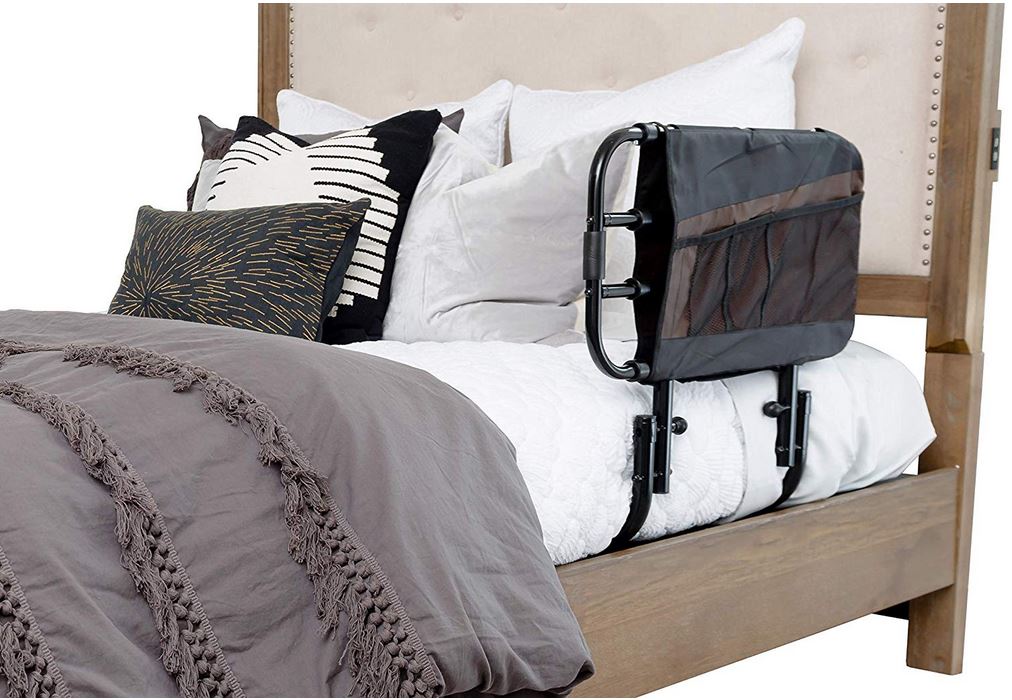 Bedroom Mobility Aids
Bedroom Mobility Aids Assisting with Personal Grooming and Hygiene
Assisting with Personal Grooming and Hygiene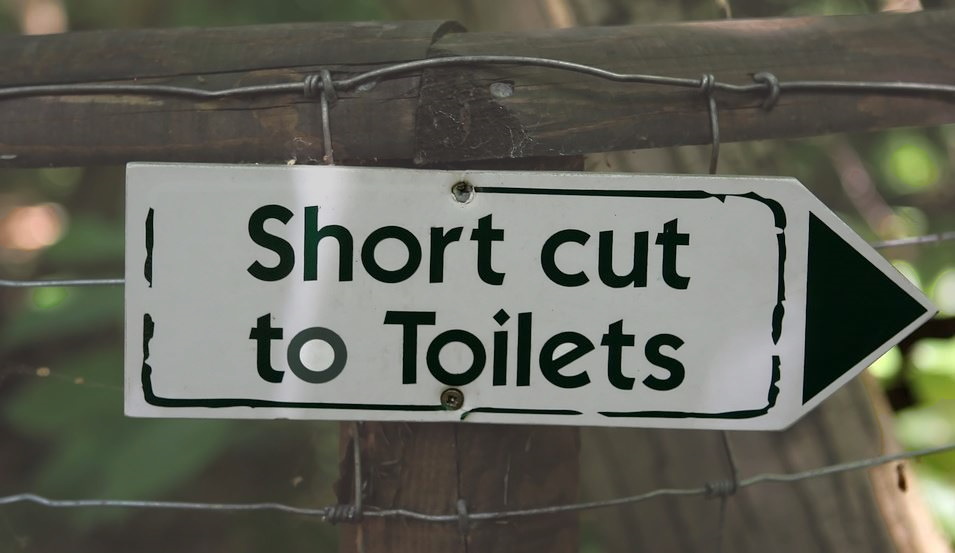 Caring for Someone With Incontinence
Caring for Someone With Incontinence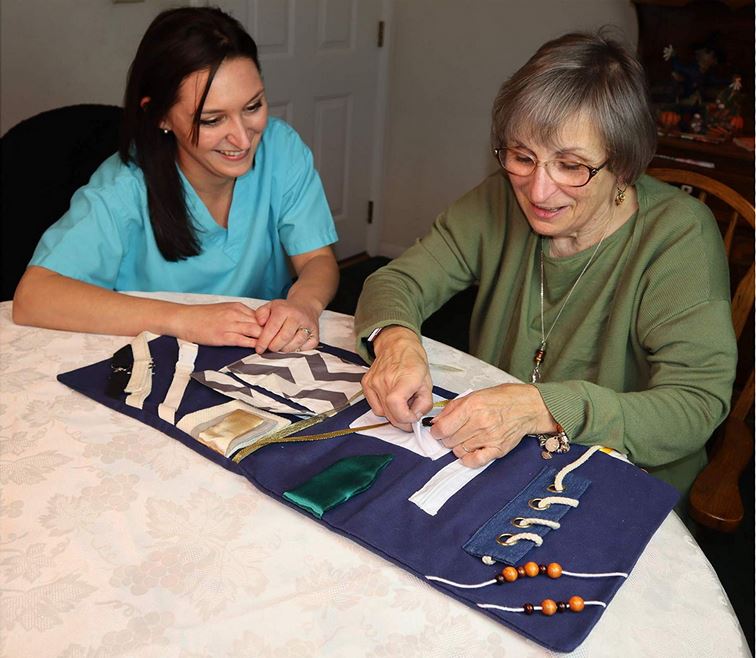 Helping People To Cope with Alzheimer’s and Dementia
Helping People To Cope with Alzheimer’s and Dementia Helping With Bill Paying
Helping With Bill Paying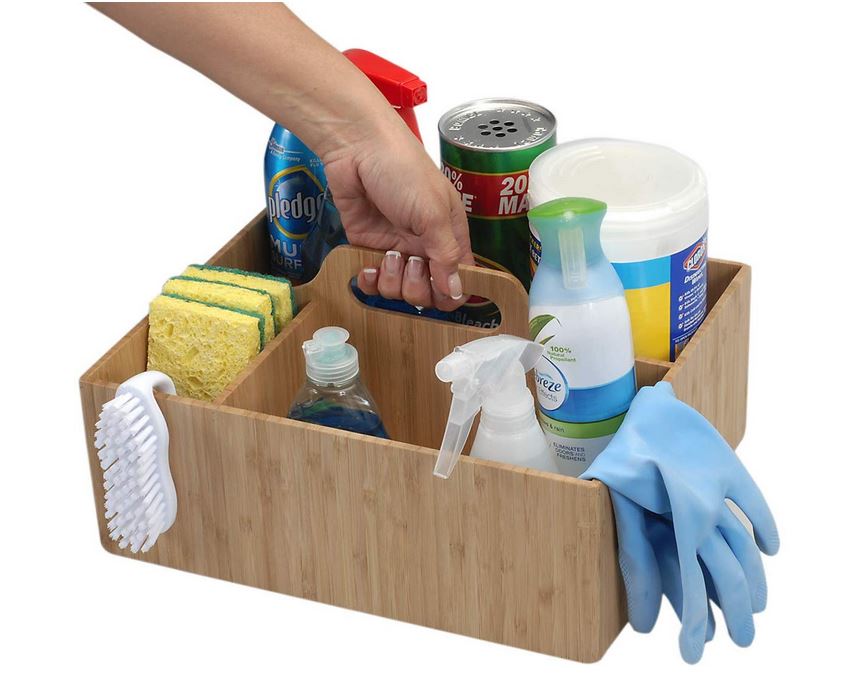 Home Cleaning Services
Home Cleaning Services Offering Companionship
Offering Companionship Providing Medication Reminders
Providing Medication Reminders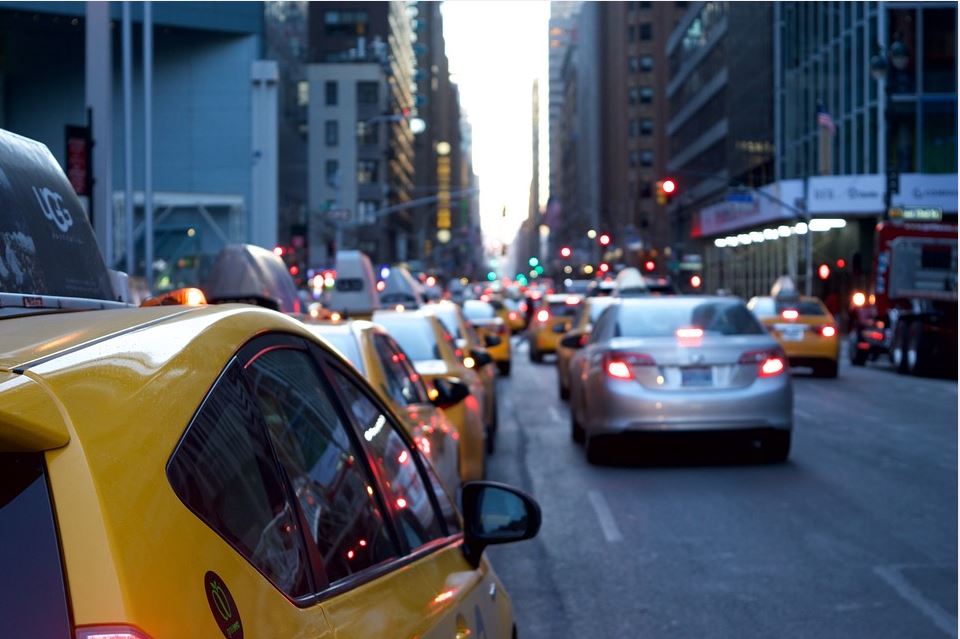 Providing Transportation
Providing Transportation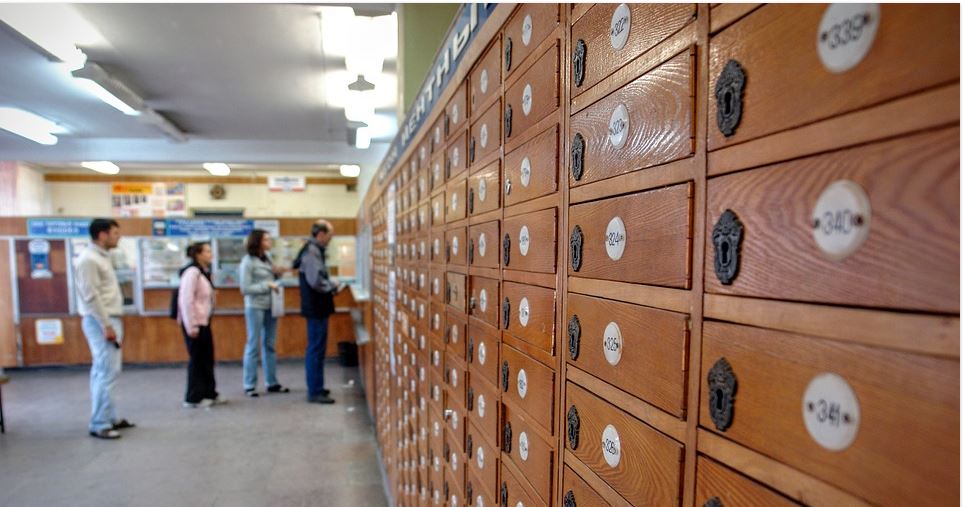 Running Errands
Running Errands
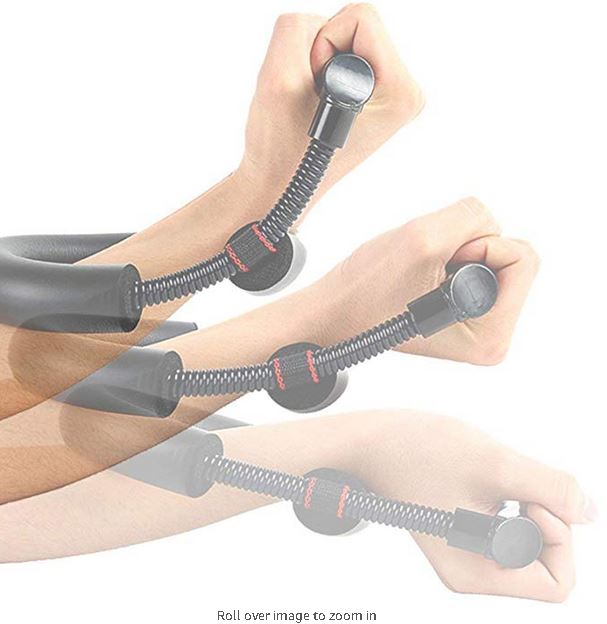
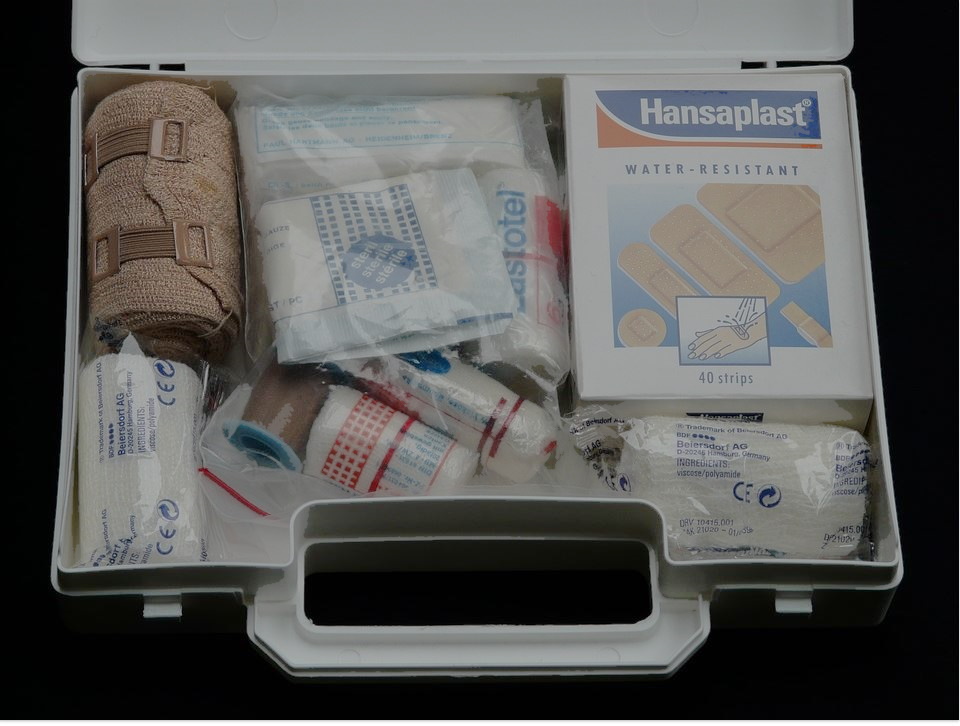 Burn Care
Burn Care Mental Health Rehabilitaion
Mental Health Rehabilitaion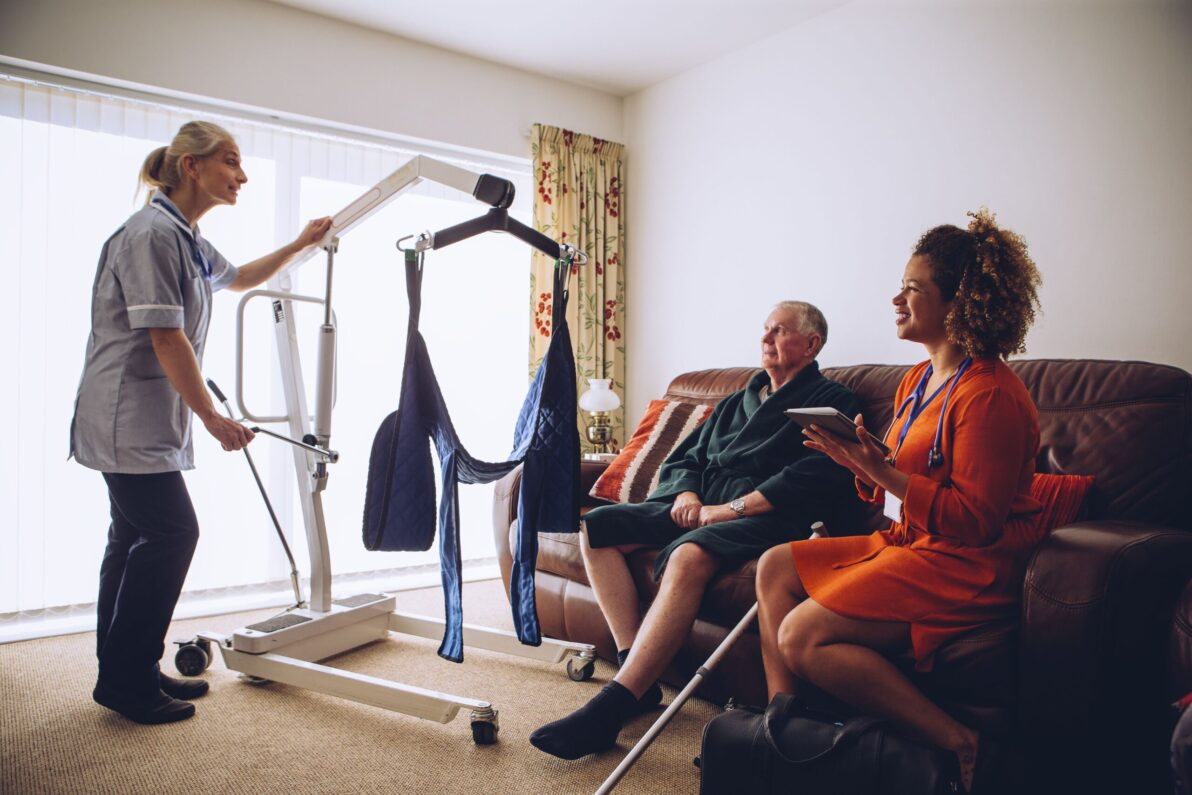
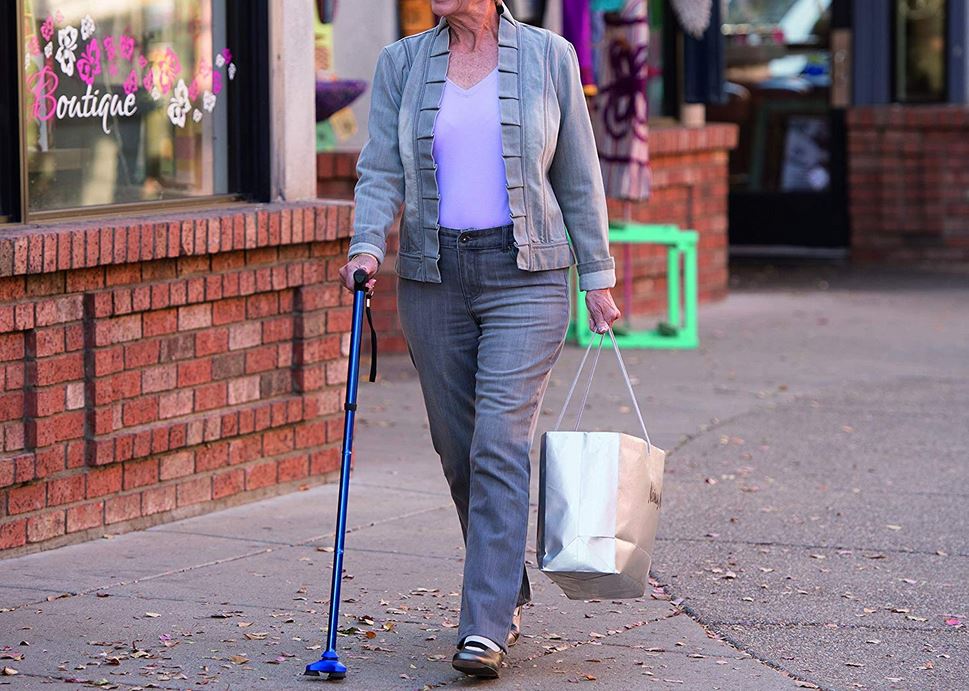 Canes
Canes Chair Lifts / Stair Lifts
Chair Lifts / Stair Lifts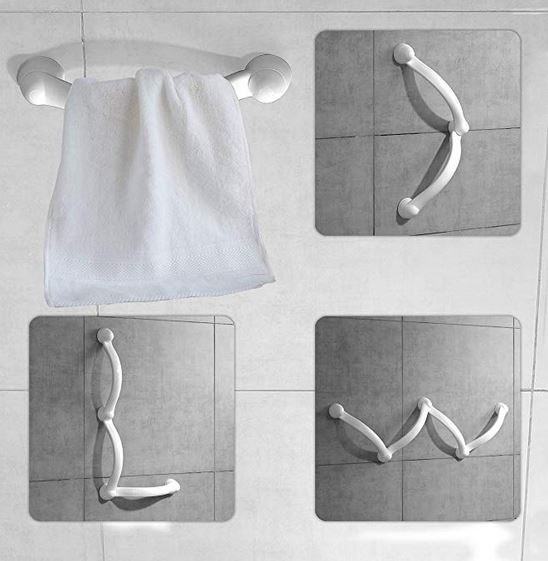 Grab Bars
Grab Bars Knee Scooters / Knee Walkers
Knee Scooters / Knee Walkers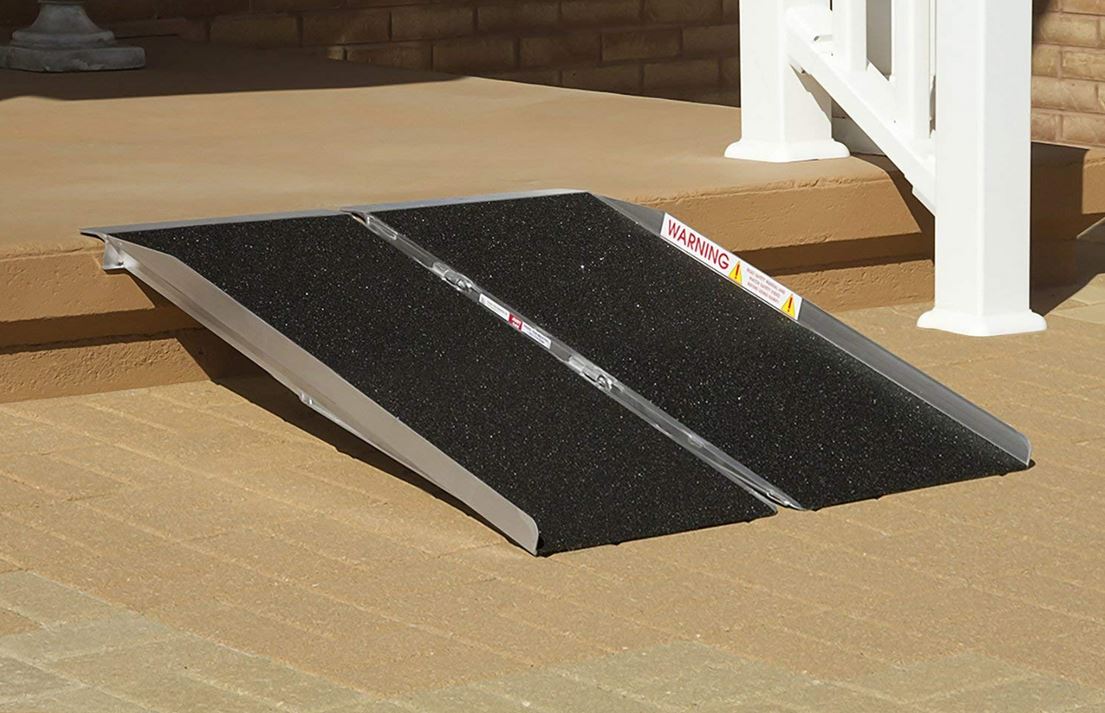 Ramps
Ramps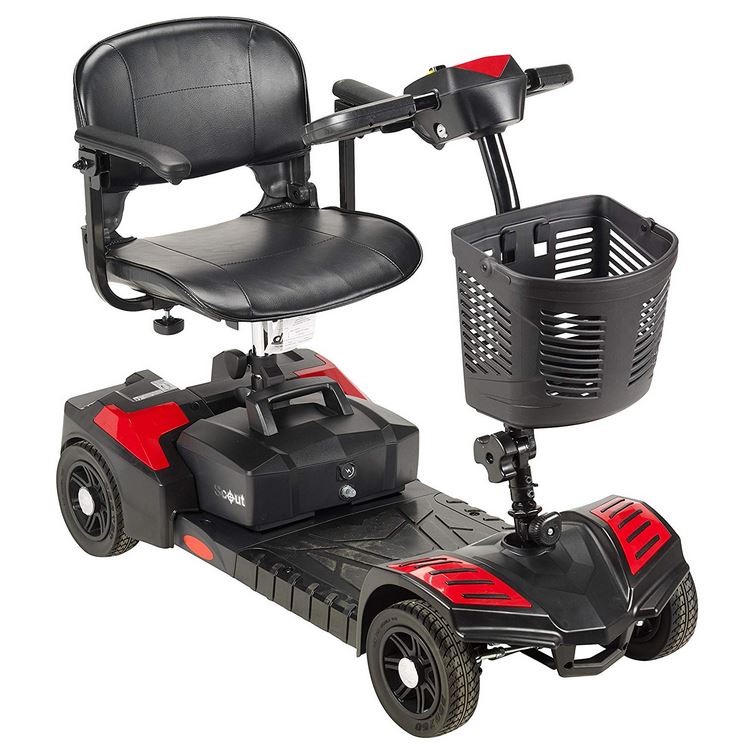 Scooters
Scooters Transfer belts / pads / equipment
Transfer belts / pads / equipment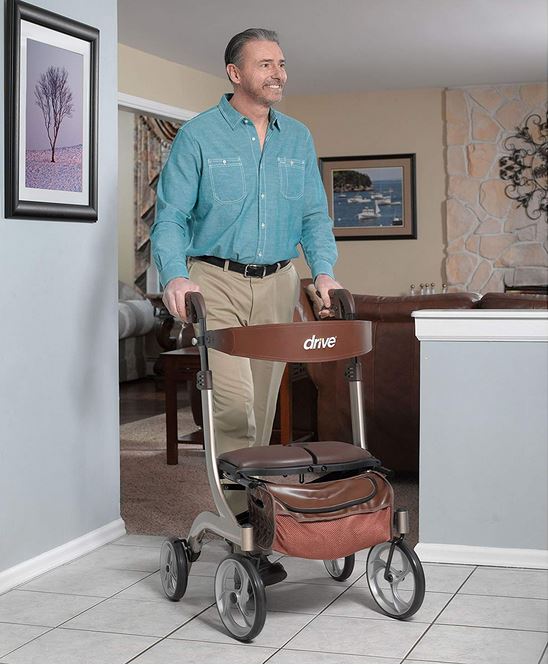 Walkers and Rollaters
Walkers and Rollaters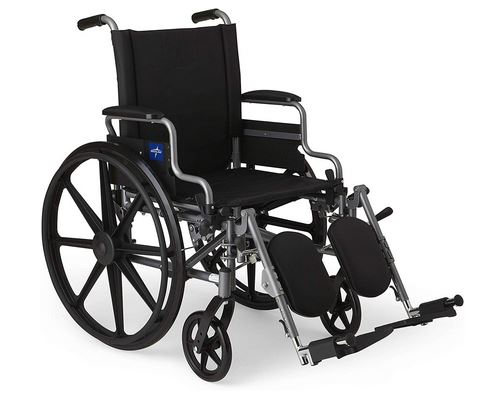 Wheelchairs and Mobile Chairs
Wheelchairs and Mobile Chairs
 Accounting and Tax
Accounting and Tax Books-Seminars-Courses
Books-Seminars-Courses
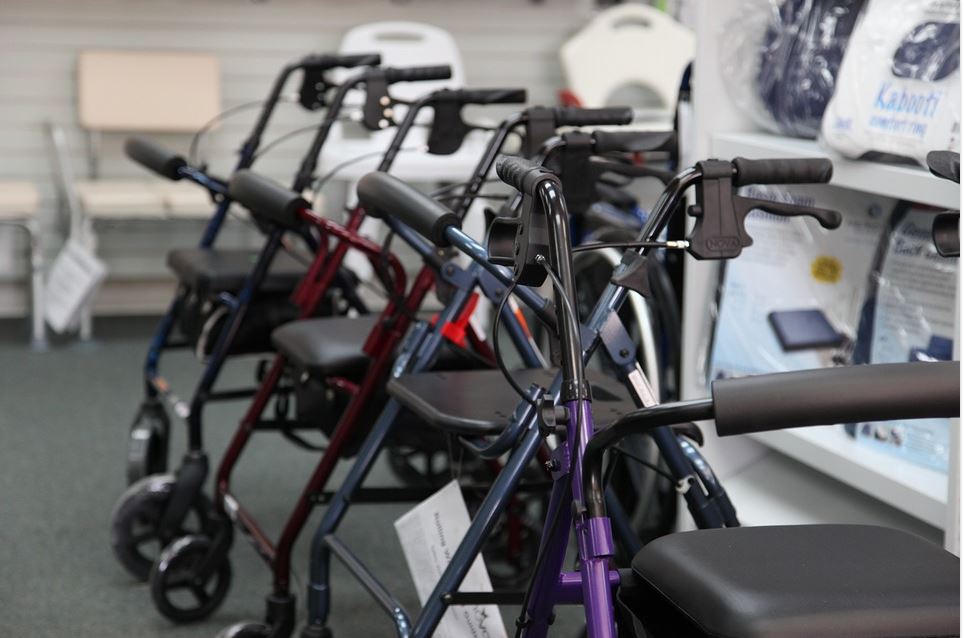 ASSISTED LIVING
ASSISTED LIVING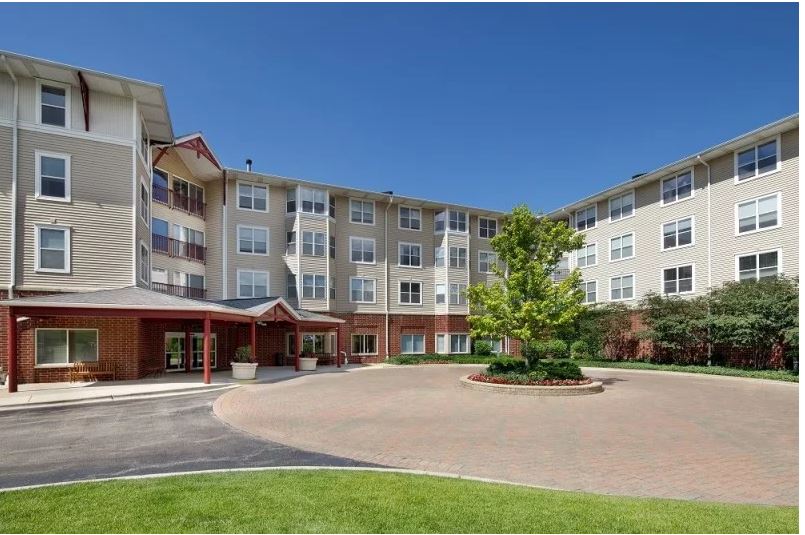 Assisted Living Facilities
Assisted Living Facilities Cohousing Communities
Cohousing Communities Manufactured Housing Communities
Manufactured Housing Communities Naturally Occurring Retirement Communities (NORCs)
Naturally Occurring Retirement Communities (NORCs) Personal Residence LIving Independetly
Personal Residence LIving Independetly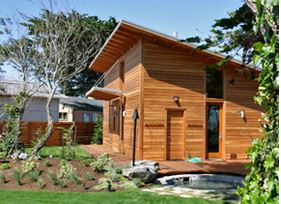 Accessory Dwelling Units
Accessory Dwelling Units Continuing Care Retirement Communities
Continuing Care Retirement Communities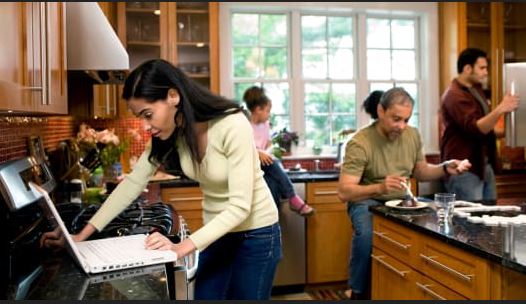 Multigenerational Households
Multigenerational Households